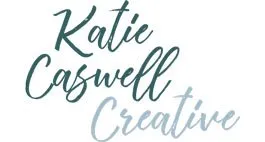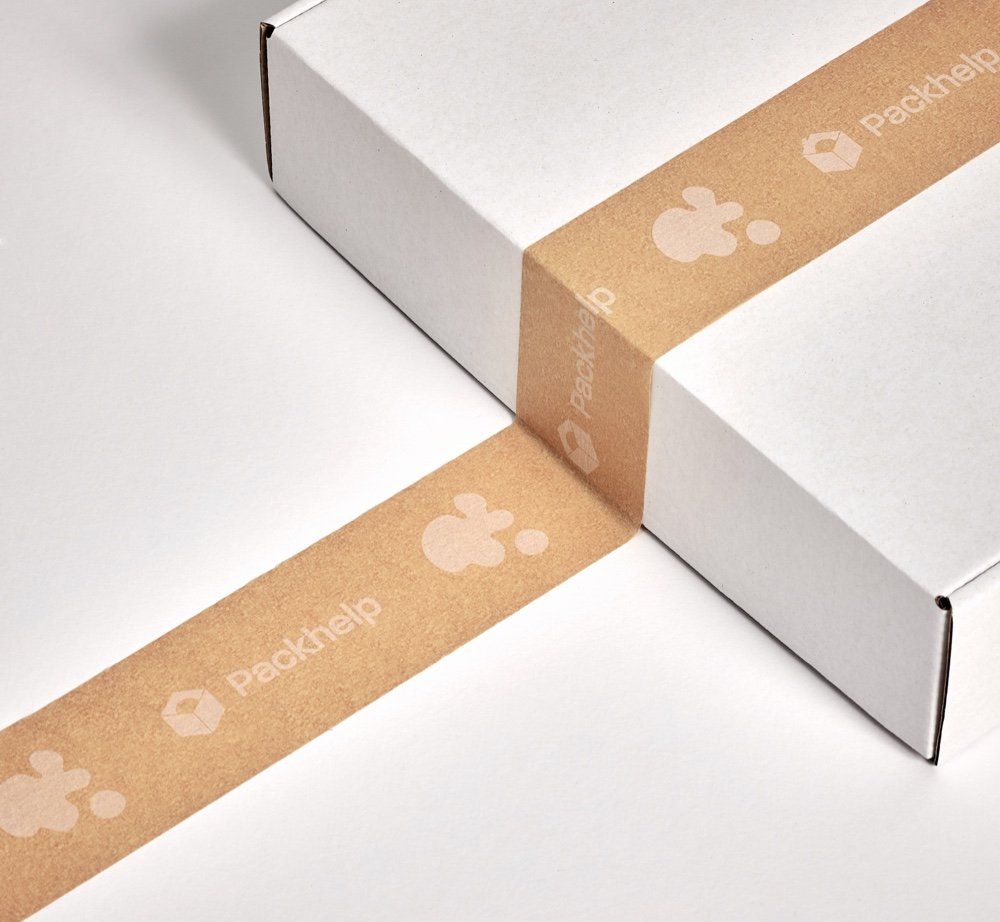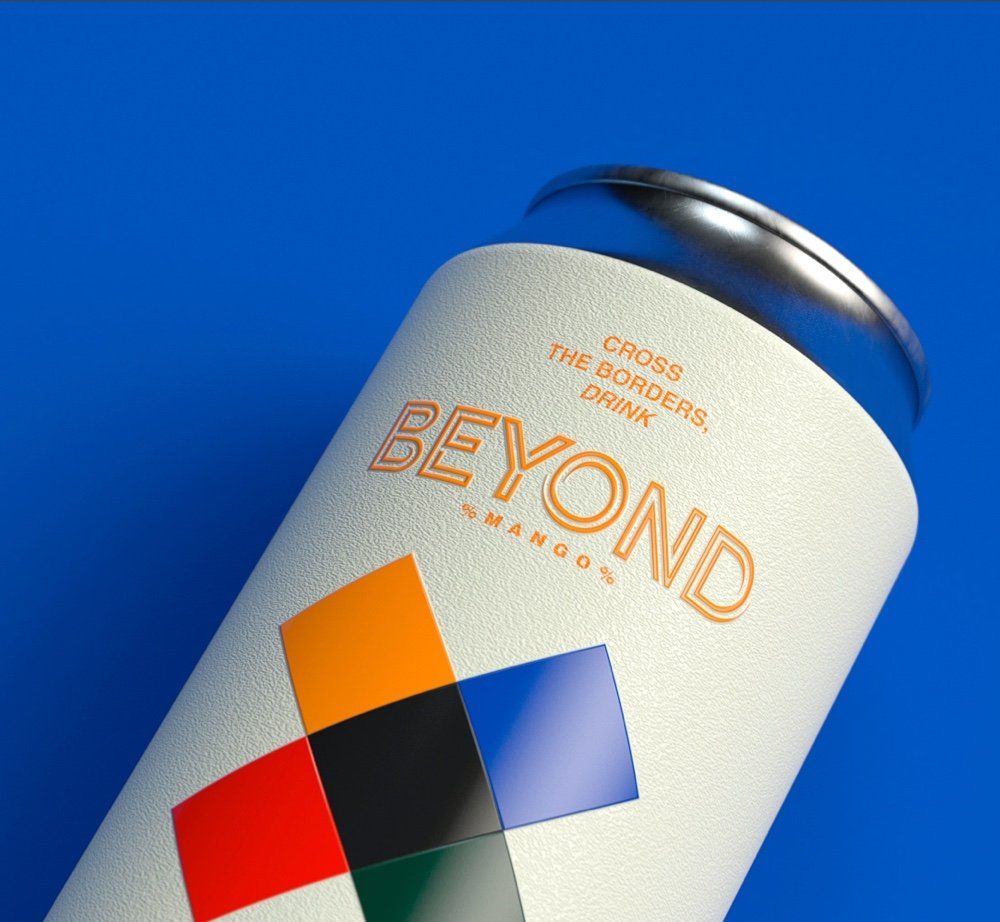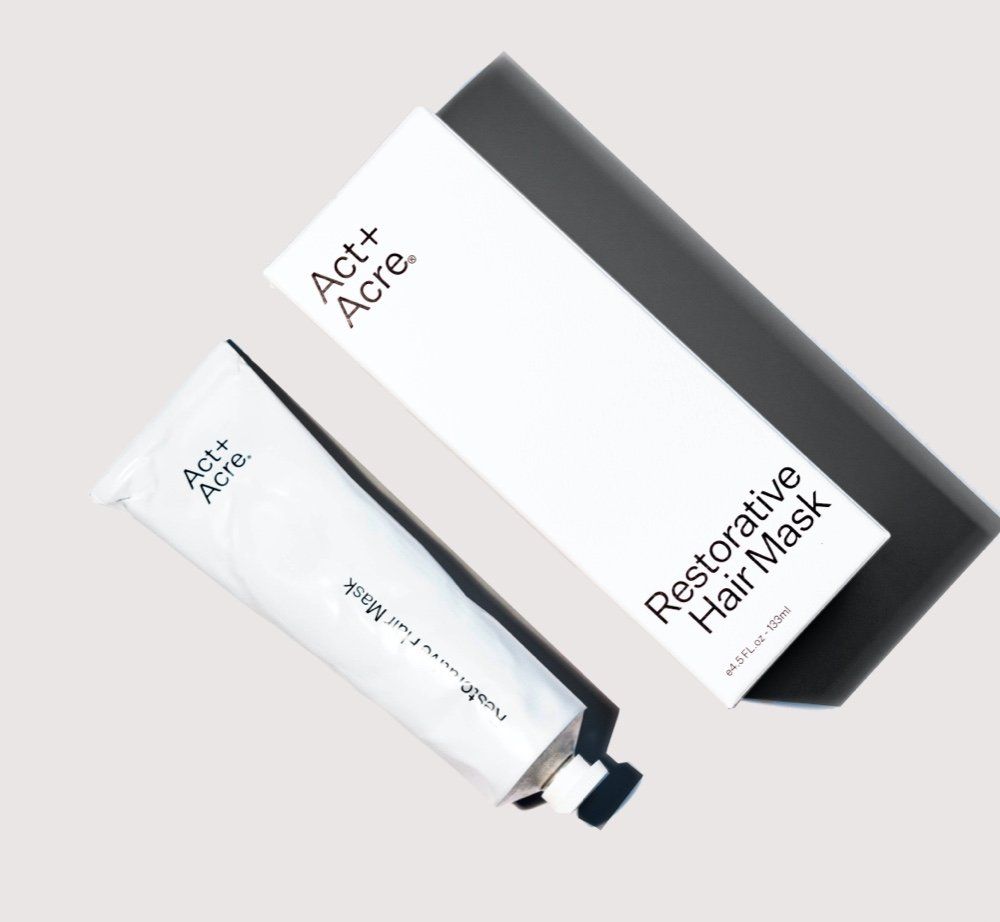Waters Corporation
Touch Screen Iterative Testing
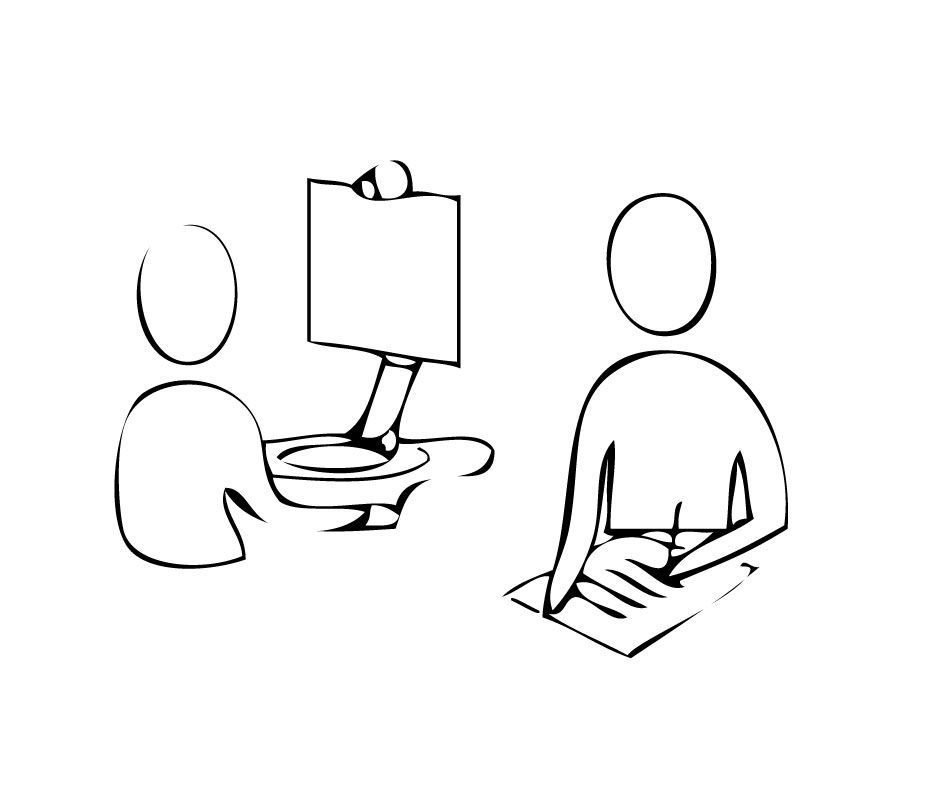
Project Overview
Through bi-weekly testing over two years, we successfully transformed the user interface on liquid chromatography instruments into a more intuitive and user-friendly experience.
Skills UTILIZED
Eye-Tracking
Rapid Iterative Testing
In-Person Testing
Personas
Longitudinal Tracking
User-Centered Design
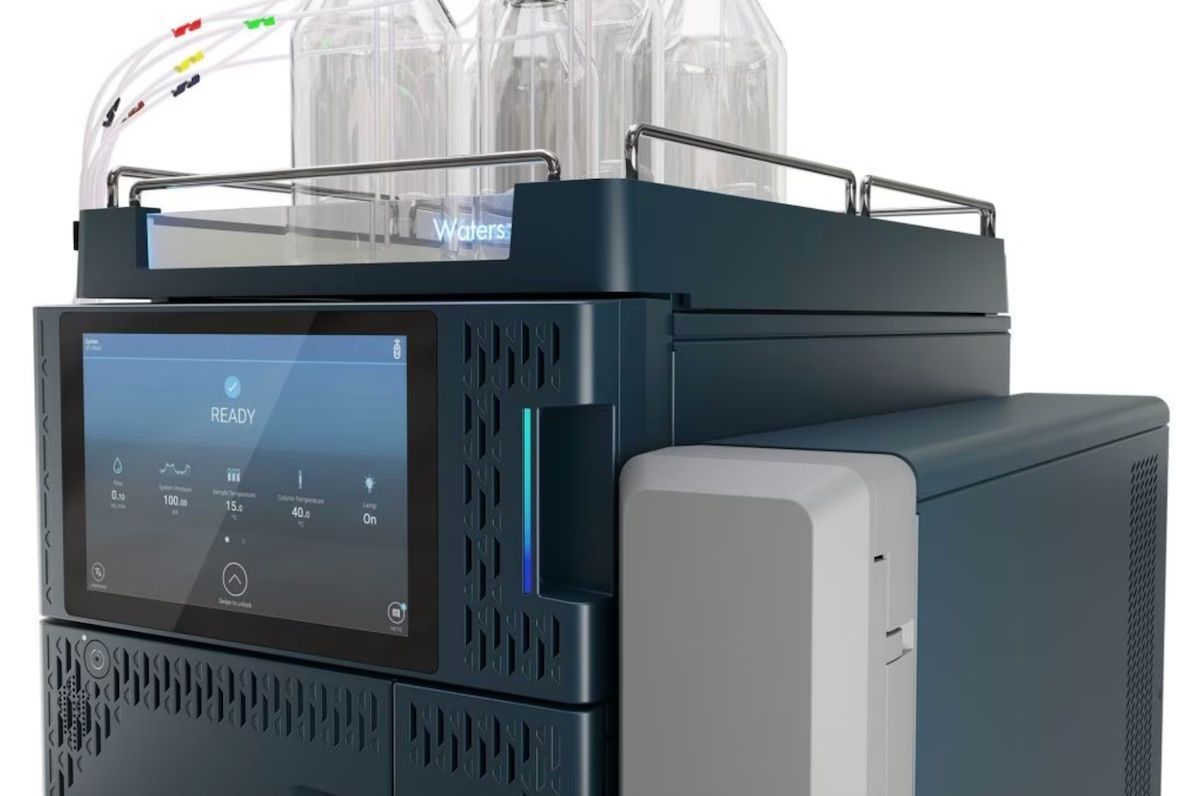
Project Details
Project Title: Waters Corporation Iterative UI Testing
Project Duration: 2 years
Project Overview:
The Waters Corporation UX research project was a comprehensive, two-year study that aimed to enhance the user interface (UI) on scientific instruments. The focus was primarily on the usability and intuitiveness of a new touch-screen UI.
Project Goals:
The research aimed to test the usability of the new touch screen UI and identify potential pain points and areas for improvement. Because the existing instruments had no touch-screen, making them not as intuitive or user-friendly as desired, potentially leading to user errors and inefficiencies, the goal was to create a user-friendly, touch-screen UI that requires minimal training and simplifies complex tasks for users.
Project Activities:
Formative/Summative Usability Testing and User Interviews were conducted bi-weekly over two years with 4-6 participants per session. Both internal users and external customers tested parts of the interface, providing valuable feedback on their preferences and potential improvements. Short, biweekly study sessions with current users tested interactive prototypes, mimicking a real-like scenario. We utilized eye-tracking software to track users’ eye movements as they used the prototypes, allowing us to gain further insight into how the prototypes were performing.
Project Impact:
Through consistent testing and feedback incorporation, we developed a modern, "smartphone-like" user experience. The new UI reduced errors by providing useful notifications, simplifying tasks, and clarifying system statuses, thereby streamlining daily workflows for users.
High-Level Findings:
Key findings from this research indicated that users preferred fewer clicks and more guided workflows. Users found value in guidance while troubleshooting, with expert users also appreciating the option to skip over it. Visuals, images, and videos were preferred over text. Importantly, the prototype SEQ scores consistently rated higher than the current experience and showed consistent improvement over 2 years, affirming the effectiveness of our research and design modifications.
SEQ scores for prototypes showed consistent improvement over 2 years,
affirming the effectiveness of our research and design modifications.
64 individual Studies
Planning:
The planning phase involved extensive collaboration with subject matter experts and team members to prepare for bi-weekly study sessions. During this stage, we identified the parameters of each study and the research questions to be addressed. Personas were defined for each session, typically either internal or external scientists experienced in using liquid chromatography or mass spectrometry instruments. This phase taught us the importance of meticulous preparation and the role of persona-specific planning in setting the stage for successful usability testing.
Execution:
Participants were recruited using our internal database or UserInterviews.com. Sessions were conducted both on-site for internal employees and remotely for global customers, adjusting to fully remote sessions during COVID-19. This phase involved moderate 4-6 sessions every other Friday, with each session consisting of 4-8 tasks that participants would perform in their daily work. The instructions were intentionally kept vague to test the initial intuitiveness of the UI. After each session, debriefing with project leads helped collect initial feedback and identify themes.
Analysis:
Raw data and insights were quickly shared with the project team following each study. This fast-paced information sharing allowed for immediate reflection and response to user feedback. Individual observations from each observer were combined, duplicates removed, and each given an impact score. This phase culminated in key findings which suggested users preferred a modern, "smartphone-like" user experience, fewer clicks, more guided workflows, and visuals over text. These findings highlighted the importance of rapid data synthesis and confirmed our efforts in creating a more intuitive, user-friendly interface.
